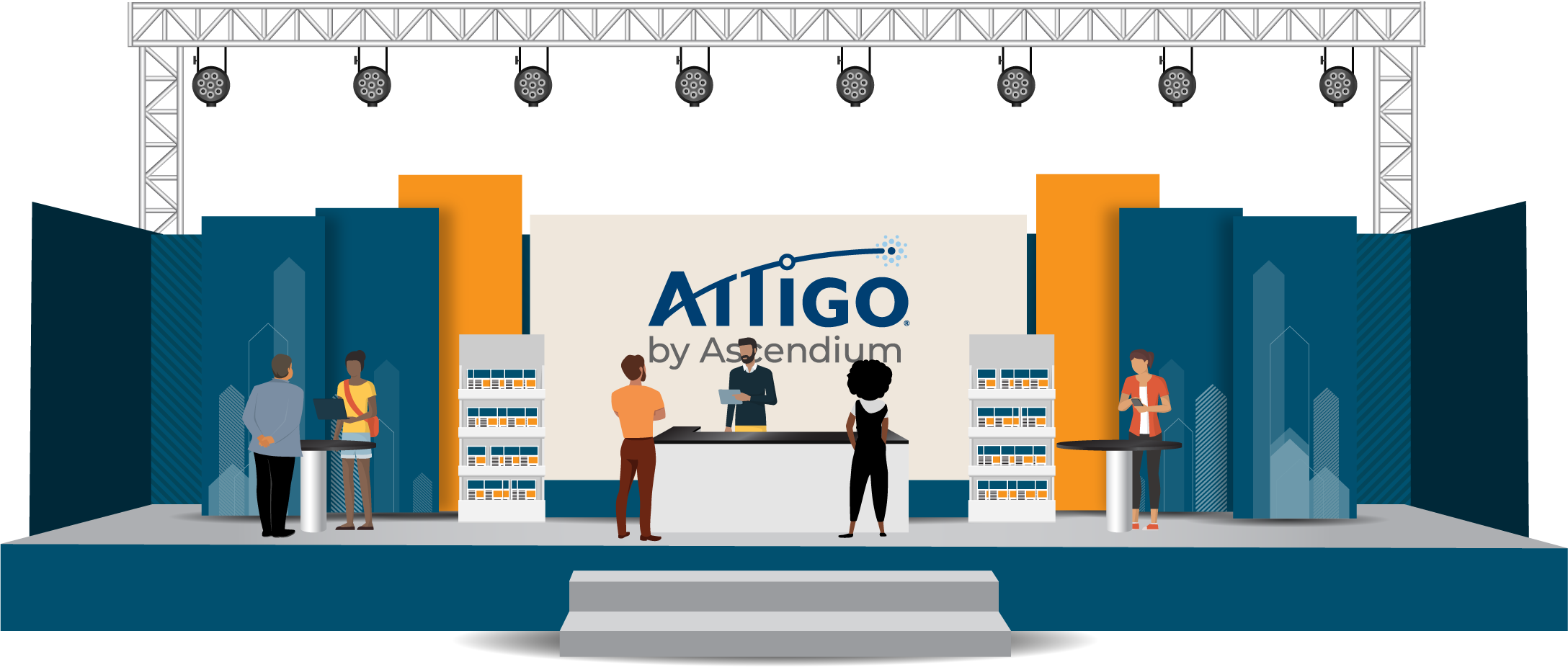Navigating the SECURE 2.0 Student Loan Match: Overcoming Challenges and Maximizing Benefits
Posted on Feb. 05, 2025
As we take our first steps into 2025, many employers and employees alike are left trying to make...
Posted on Feb. 05, 2025
As we take our first steps into 2025, many employers and employees alike are left trying to make...
Posted on Jan. 23, 2025
In today’s fast-paced workplace where rapid changes and evolving goals are the norm, adopting a...
Posted on Jan. 14, 2025
Since the onset of the payment pause in 2020, student loan borrowers have not faced consequences...
Posted on Jan. 10, 2025
As we step into 2025, the future of student loans remains uncertain, with shifting policies and...
Posted on Jan. 06, 2025
Although each facet of today’s multigenerational workforce has different expectations when it comes...
Posted on Nov. 12, 2024
PTO Exchange and Ascendium have come together to solve a pressing issue for employers and their...

For more than 55 years we have been supporting academic achievement, long-term financial wellness, and student loan repayment success. Our team has helped millions of people, and together we can help even more.
Subscribe to our quarterly newsletter to get information and resources delivered straight to your inbox. Your journey to staying connected and informed starts here.